 To enhance service speed and avoid tariff delays, we've opened a US warehouse. All US orders ship directly from our US facility.
To enhance service speed and avoid tariff delays, we've opened a US warehouse. All US orders ship directly from our US facility.
| Cat. No. | Product Name | Field of Application | Chemical Structure |
|---|---|---|---|
| DCC4183 | Pladienolide B Featured |
Pladienolide B is a potent cancer cell growth inhibitor that targets the SF3B1 subunit of the spliceosome. Pladienolide B exerts antitumor activities mediated through the inhibition of pre-mRNA splicing. Pladienolide B induces apoptosis.
More description
|
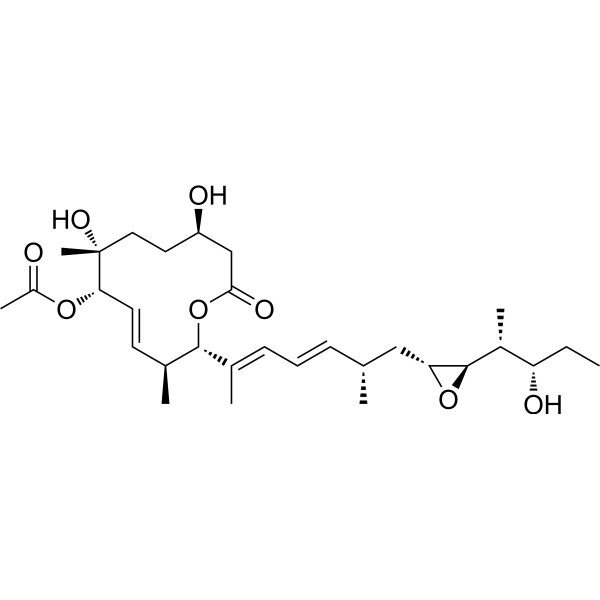
|
| DC47162 | 10-Nitrooleic acid Featured |
10-Nitrooleic acid (CXA-10), a nitro fatty acid, has potential effects in disease states in which oxidative stress, inflammation, fibrosis, and/or direct tissue toxicity play significant roles.
More description
|

|
| DC32991 | Myoseverin Featured |
Myoseverin is an inducer of the reversible fission of multinucleated myotubes into mononucleated fragments, affecting the expression of a variety of growth factor, immunomodulatory, extracellular matrix-remodeling, and stress response genes, consistent with the activation of pathways involved in wound healing and tissue regeneration.
More description
|
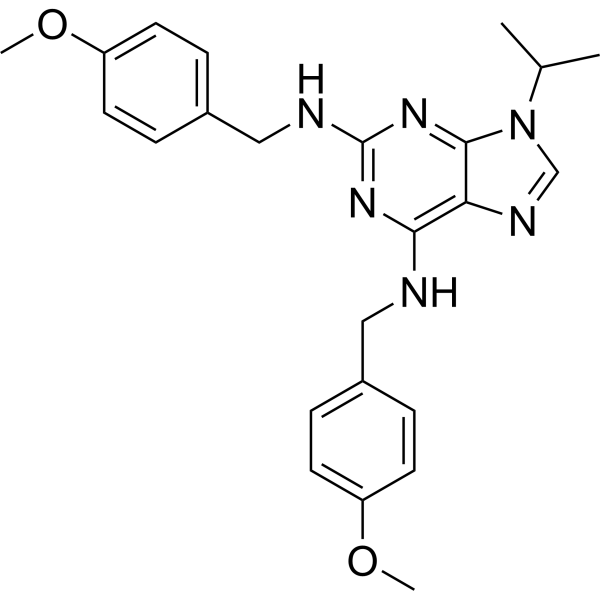
|
| DC30002 | PF-06835919 Featured |
PF-06835919, also known as MDK1846, is a potent ketohexokinase (KHK) inhibitor. PF-06835919 is reported in patent US 20170183328 A1, example 4. Increased fructose consumption and its subsequent metabolism have been implicated in hepatic steatosis, dyslipidemia, obesity, and insulin resistance in humans. Since ketohexokinase (KHK) is the principal enzyme responsible for fructose metabolism, identification of a selective KHK inhibitor may help to further elucidate the effect of KHK inhibition on these metabolic disorders.
More description
|
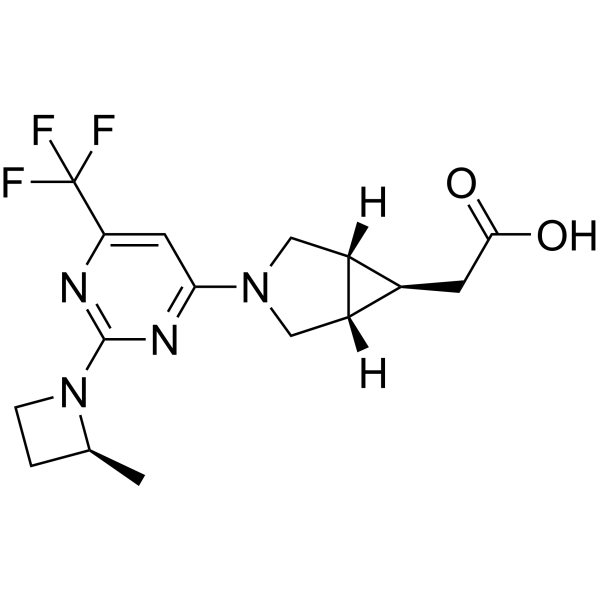
|
| DC21457 | Pax2 inhibitor EG1 Featured |
Pax2 inhibitor EG1 (EG1) is a potent, small molecule inhibitor of Pax2 mediated transcription activation, effectively blocks Pax2 activity and DNA binding with Kd of 1.35-1.5 uM; inhibits Pax2 mediated expression with IC50 of 10 uM, and inhibits proliferation of Pax2 positive renal and ovarian cancer cell lines but has little effect on Pax2 negative cancer cells; inhibits embryonic kidney development.
More description
|
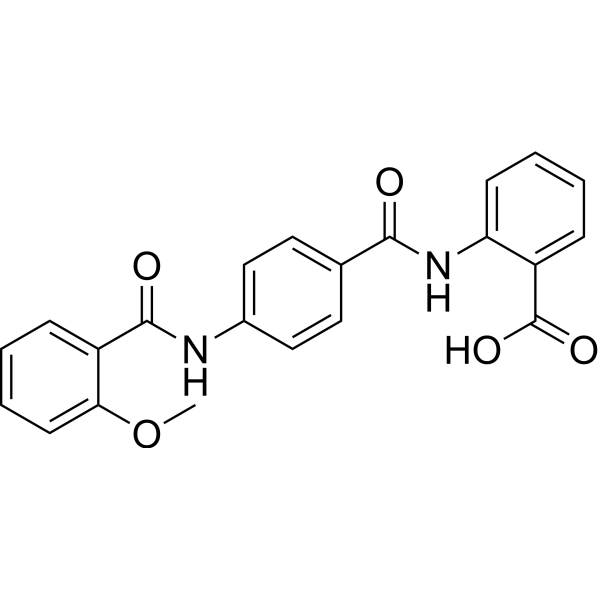
|
| DC26118 | AKI-7169(Aurora Kinase Inhibitor III) Featured |
Aurora kinase inhibitor III is a potent inhibitor of Aurora A kinase (IC50 = 42 nM).
More description
|
.gif)
|
| DC34242 | MG115 Featured |
MG-115(MG 115) is an inhibitor of NFκB in the cytoplasm by acting on IKK or the proteasome.
More description
|

|
| DC23075 | Vinorelbine Featured |
Vinorelbine is a semi-synthetic Vinca alkaloid which is currently used in treatment of different cancer types mainly advanced breast cancer (ABC) and advanced/metastatic non-small cell lung cancer (NSCLC). Vinorelbine-loaded SSM can be developed as a new,
More description
|
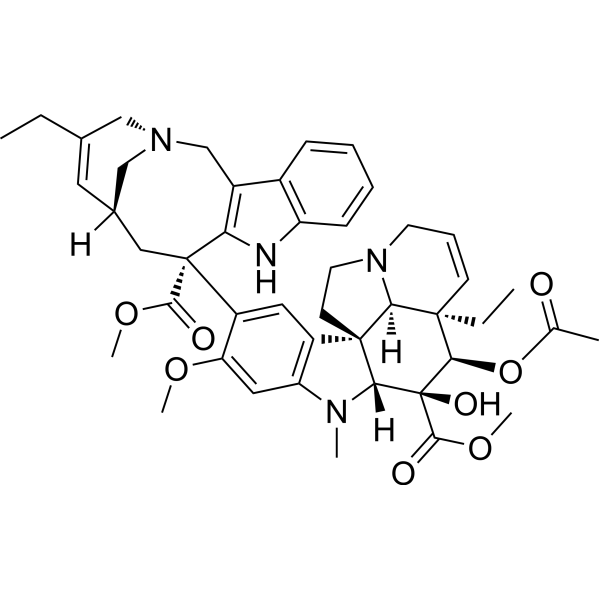
|
| DC21630 | SCF I2 Featured |
An allosteric, sepecific inhibitor of substrate recognition by the SCFCdc4 ubiquitin ligase with IC50 of 6.2 uM in FP assyas.
More description
|

|
| DC11212 | NP161 Featured |
NP161 is a potent and selective inhibitor of extracellular TRX (Thioredoxin 1) in vitro with IC50 of 0.54 uM.
More description
|

|
| DCC4246 | Prmts Inhibitor A36 Featured |
Potent inhibitor of protein arginine methyltransferases (PRMTs)
More description
|
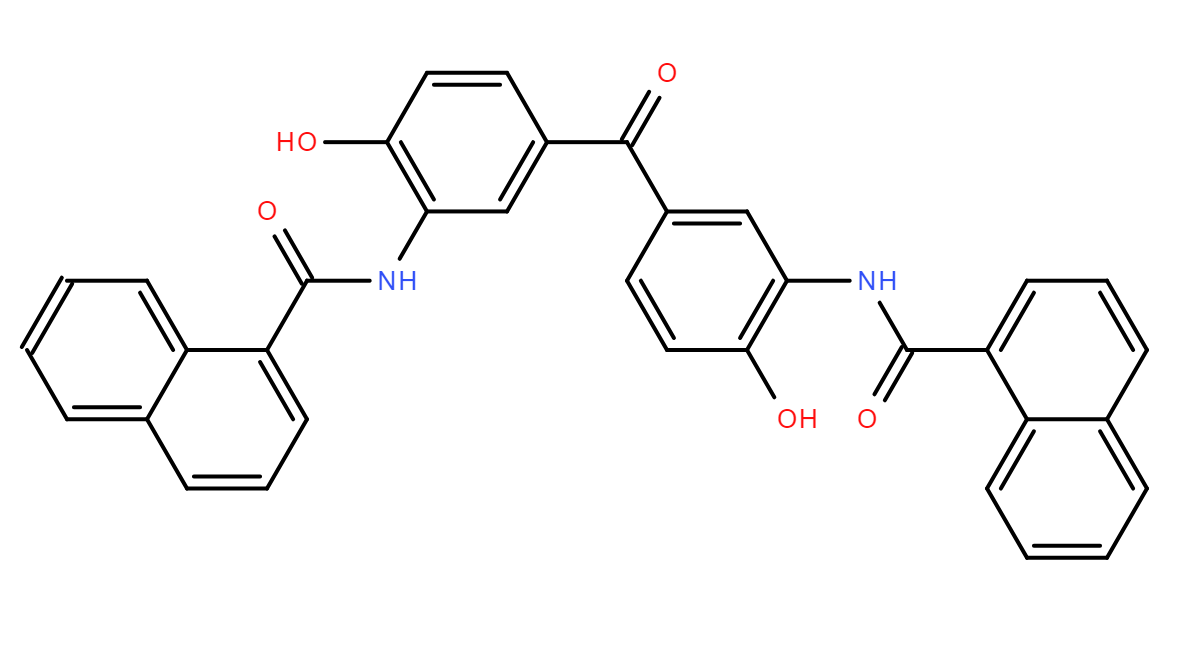
|
| DC74245 | STK018404 Featured |
STK018404 is a small molecule inhibitor of RNA-binding protein human antigen R (HuR), decreases the binding of HuR to its target RNA motif.
More description
|
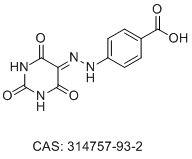
|
| DC70010 | 98N12-5 Featured |
98N12-5 is an ionizable cationic lipid. It has been used in combination with other lipids in the generation of lipid nanoparticles (LNPs). LNPs containing 98N12-5 and encapsulating proprotein convertase subtilisin kexin type 9 (PCSK9) siRNA selectively accumulate in the liver and reduce total serum cholesterol levels in mice and rats and serum LDL levels in cynomolgus monkeys.
More description
|

|
| DC49889 | 503O13 Featured |
503O13 is a next-generation, biodegradable lipid nanoparticle (LNP) engineered for highly efficient and targeted siRNA delivery. Designed through rational structure-activity criteria—including optimal tail length (O13), tertiary amines, and a surface pKa ≥5.5—this single-component LNP achieves unparalleled gene silencing with an ultra-low EC50 of 0.01 mg/kg in preclinical models.503O13 outperforms non-degradable counterparts (e.g., C12-200) with improved toxicity profiles—no hepatic necrosis or pancreatic inflammation—while maintaining rapid blood clearance (t1/2: 6 min) and organ-specific accumulation (liver/spleen).
More description
|

|
| DC49952 | 246C10 Featured |
246C10 is a synthesized ionizable lipid. 246C10 can be formulated into lipid nanoparticles (LNPs) with dioleoylphosphatidylethanolamine (DOPE), cholesterol, and C16-PEG2000 ceramide (PEG-lipid) as well as mRNA. The lipid nanoparticle formulations can be used for mRNA delivery. To obtain iLNPs that could specifically target liver sinusoidal
endothelial cells (LSECs), six different ionizable lipids (241C10
to 246C10) were synthesized by an epoxide ring-opening
reaction with piperazine- or piperidine-containing amines.
Biodistribution and gene regulation of various iLNPs were
assessed in vivo, and the results showed that the 246C10
iLNPs (containing piperazine amine) had the highest luciferase
expression in the liver. When further analyzing the
246C10 iLNPs transfection efficiency in different types of liver
cells, it was found that tdTomato fluorescence was mainly concentrated
in hepatocytes, not in LSECs. Figure 6f shows that 80%
of hepatocytes are fluorescent, 40% of LSECs are fluorescent, and
20% of Kupffer cells are fluorescent. Due to the mannose receptor
on LSECs, mannose-PEG lipid was introduced into 246C10
iLNPs to alter the distribution of iLNPs in different liver cells. As
shown in Figure 6g, tdTomato fluorescence distribution was 15%
of hepatocytes, 70% of LSECs, and 15% of Kupffer cells, significantly
improved the ability of iLNPs to actively target LSECs.
In contrast, this work indirectly shows that the iLNPs with piperazine
head lipid are more able to deliver mRNA to the liver and
translate the target protein than the iLNPs with piperidine
head lipid. It is worth mentioning that the preparation buffer of 246C10
iLNPs could influence the encapsulation efficiency of mRNA.
With the addition of sodium chloride in the citrate buffer, the
encapsulation efficiency of CRISPR-Cas9 mRNA and sgRNA
was increased. These iLNPs were able to treat hemophilia safely,
without causing hepatotoxicity, the immune response induced by
Cas9 and off-target editing.
More description
|

|
| DC71417 | YSK 05 Featured |
YSK 05 is a pH-sensitive cationic lipid. YSK 05 improves the intracellular trafficking of non-viral vectors. YSK 05-MEND shows significantly good gene silencing activity and hemolytic activity. YSK 05 overcomes the suppression of endosomal escape by PEGylation. YSK 05 effectively enhances siRNA delivery both in vitro and in vivo.
More description
|

|
| DC32380 | Elexacaftor Featured |
Elexacaftor, also known as VX-445 and WHO 11180, is a next-generation cystic fibrosis transmembrane conductance regulator (CFTR) corrector designed to restore Phe508del CFTR protein function in patients with cystic fibrosis when administered with tezacaftor and ivacaftor (VX-445–tezacaftor–ivacaftor).
More description
|

|
| DC23190 | LM22A-4 Featured |
A small molecule BDNF mimetic that act as a direct and specific partial agonist of TrkB (EC50=200-500 pM), but not p75.
More description
|

|
| DCC4533 | Ryl-634 Featured |
Novel potent broad-spectrum antiviral inhibitor, showing excellent broad-spectrum inhibition activity against various pathogenic viruses, including hepatitis c virus (HCV), dengue virus (DENV), zika virus (ZIKV), Chikungunya virus (CHIKV), enterovirus 71
More description
|
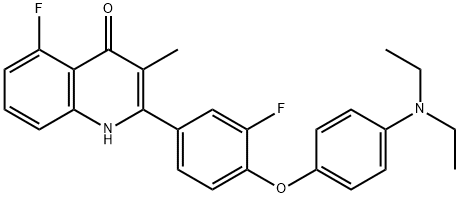
|
| DC23001 | Hypocrellin B Featured |
Hypocrellin B is an apoptosis inducer. The hypocrellins are pigments isolated from the fungi Hypocrella bambusae and Shiraia bambusicola. They are used as photosensitizers for photodynamic therapy of cancer.
More description
|
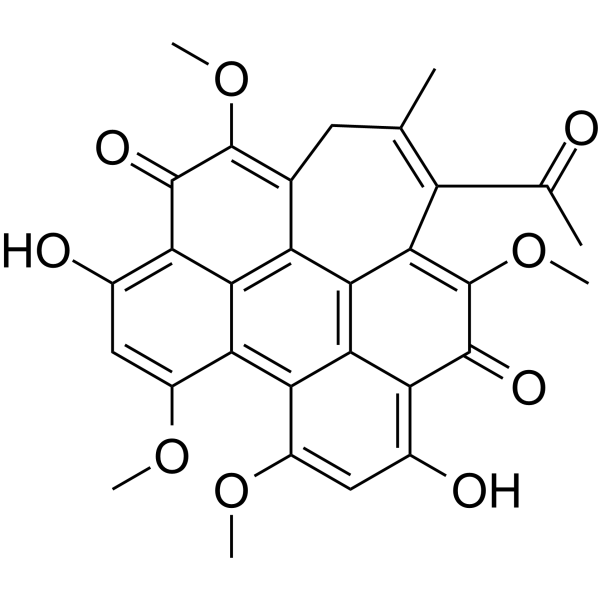
|
| DC48542 | LM10 Featured |
LM10 is a potent inhibitor of tryptophan 2,3-dioxygenase (TDO). Tryptophan 2,3-dioxygenase (TDO) is an unrelated hepatic enzyme that also degrades tryptophan along the kynurenine pathway. LM10 has the potential for the research of cancer diseases.
More description
|
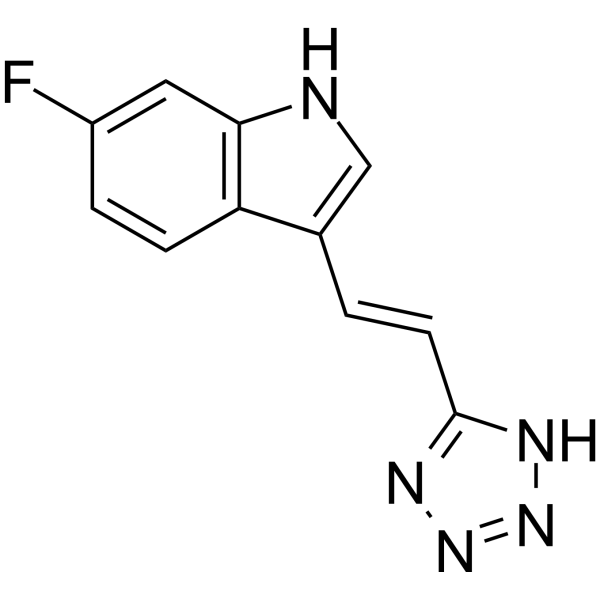
|
| DC24099 | CC-115 hydrochloride Featured |
A novel dual inhibitor of mTOR and DNA-PK with IC50 of 21 nM and 13 nM, respectively.
More description
|
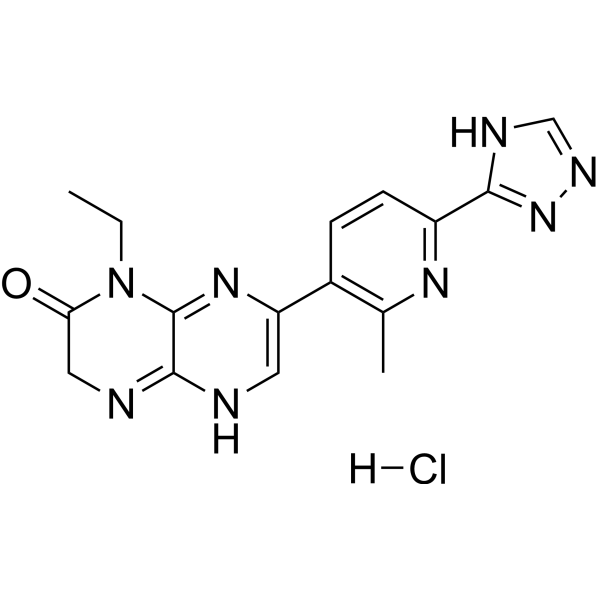
|
| DCH-009 | Quercetin Featured |
Quercetin, a natural flavonoid, is a stimulator of recombinant SIRT1 and also a PI3K inhibitor with IC50 of 2.4 μM, 3.0 μM and 5.4 μM for PI3K γ, PI3K δ and PI3K β, respectively.
More description
|
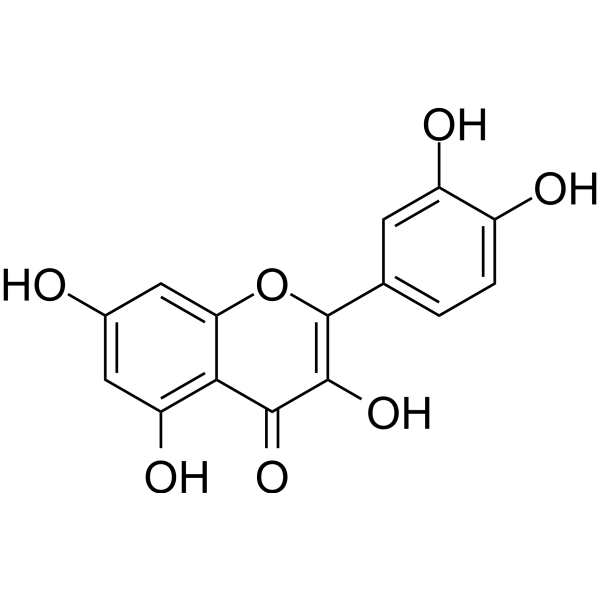
|
| DC26092 | PF-04455242 hydrochloride Featured |
PF-04455242 is a potent, selective κ-opioid receptor (KOR) antagonist with Ki of 3 nM/21 nM/22 nM for hKOR/rKOR/mKOR, respectively.
More description
|
.jpg)
|
| DC23423 | PF-04455242 Featured |
PF-04455242 is a potent, selective κ-opioid receptor (KOR) antagonist with Ki of 3 nM/21 nM/22 nM for hKOR/rKOR/mKOR, respectively.
More description
|

|
| DC43231 | Phenamil Featured |
Irreversible inhibitor of amiloride-sensitive Na channels; derivative of amiloride
More description
|
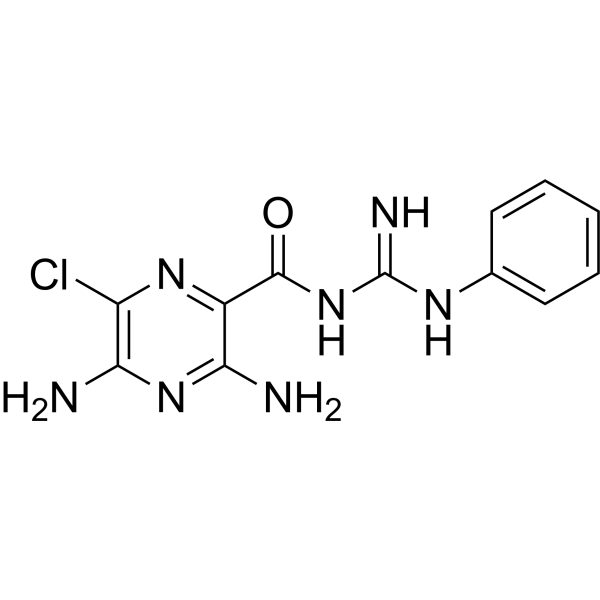
|
| DC34406 | T62 Featured |
T62 is an allosteric enhancer of A1 adenosine receptor.
More description
|

|
| DC21398 | AI-2 Featured |
Nrf2 acticatior AI-2 is a small-molecule inducer of the antioxidant response element (ARE) that activates and stabilizes Nrf2 by covalently modifying Keap1.
More description
|
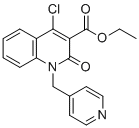
|
| DC47307 | Defibrotide sodium Featured |
Defibrotide sodium is a complex mixture of single stranded polydeoxyribonucleotides. Defibrotide sodium has liver protection, anti-inflammatory, antithrombotic, profibrinolytic, and anti-ischemic properties. Defibrotide sodium can be used for sinusoidal obstruction syndrome (SOS)/veno-occlusive disease (VOD) research.
More description
|

|
| DC26208 | Remdesivir metabolite(GS-441524) Featured |
Remdesivir metabolite.Remdesivir blocks SARS-CoV and MERS-CoV in HAE cells with EC50s of both 74 Nm,and also showed potent activity blocking 2019-nCov(Coronavirus).
More description
|
.gif)
|